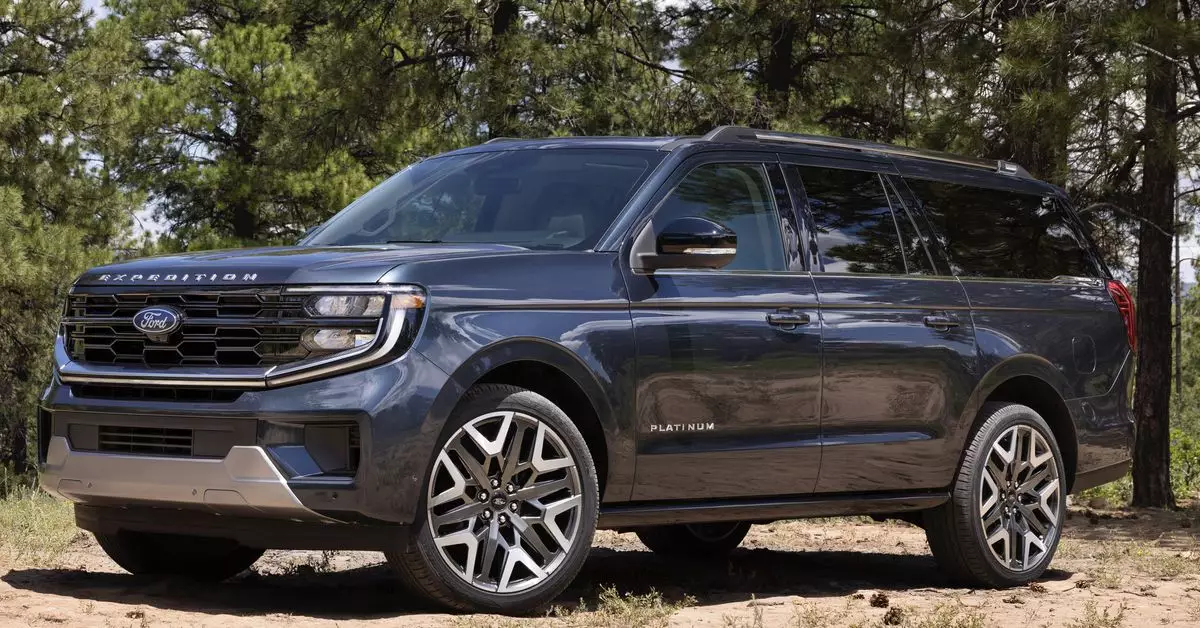The automotive industry is in a constant state of evolution, with manufacturers striving to deliver not just vehicles but experiences. Ford’s latest offering, the redesigned 2025 Expedition, makes a significant entry into this competitive landscape by introducing its new Digital Experience infotainment system. This system is the second outing for Ford’s collaboration with Android Automotive, which debuted in the earlier Explorer model. However, while the modernization of the Expedition appears promising, there are elements that may leave consumers wanting more.
At first glance, the new Expedition’s dashboard design raises eyebrows—it seems to echo the impressive technology found in the 2024 Lincoln Nautilus but with diminished ambitions. The 48-inch panoramic display showcased in Lincoln’s flagship SUV is notably reduced in size for the Expedition, leading many to ponder whether Ford is compromising luxury to maintain a more accessible price point. The resultant 24-inch screen, although still functional with support for Google Play Store apps and features like Apple CarPlay, falls short of the holistic user experience that one might expect in this segment.
Moreover, while the infotainment system introduces features like voice control through both Google Assistant and Alexa, it appears that Ford’s effort to position the Expedition as a technologically advanced competitor could be undermined by the limitations of its interface and overall design. The absence of certain capabilities found in the Lincoln model raises questions on whether Ford is sending mixed messages about its commitment to quality in the Expedition line.
The versatility of the 2025 Expedition is a noteworthy aspect, capable of accommodating up to eight passengers with configurations for either bench seating or captain’s chairs in the second row. However, while Ford brings convenience features like clamps for devices on the front row seatbacks, one has to wonder if these additions are enough to justify its position in an increasingly crowded SUV market.
Furthermore, the introduction of the Tremor trim with enhanced horsepower and off-road capabilities speaks to a growing trend of blending ruggedness with sophistication. Still, it would be remiss not to mention the glaring absence of a hybrid powertrain option for environmentally conscious consumers—a decision that could prove disadvantageous in a market leaning towards ecologically friendly solutions.
The 2025 Expedition reflects Ford’s attempts at enhancement but also indicates a cautious approach that may underwhelm some consumers. While it builds on certain robust elements of Ford’s heritage, the execution of luxury and user experience seems at odds with the expectations for high-end SUVs. As automakers innovate and consumers demand cutting-edge technology paired with sustainability, it remains crucial for Ford to balance ambition with execution in a rapidly changing automotive landscape. The Expedition might have all the right intentions, but it has yet to establish itself firmly as a leader in a cohort that craves more than just functionality; they seek a complete, immersive driving experience.


Leave a Reply